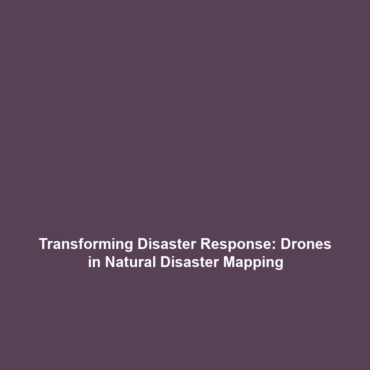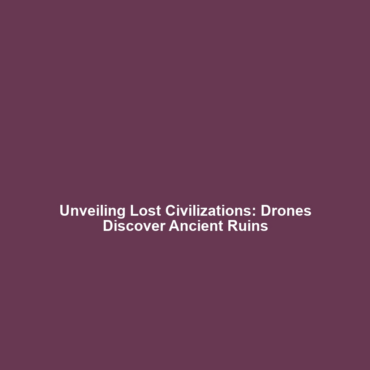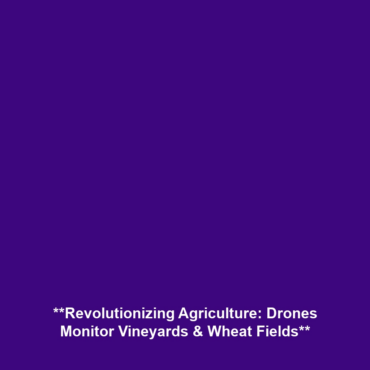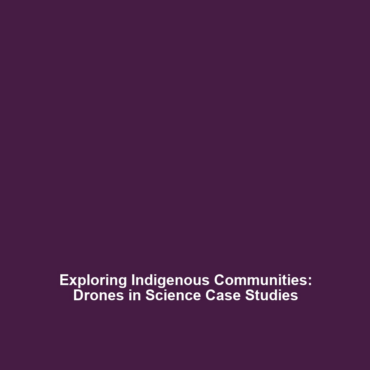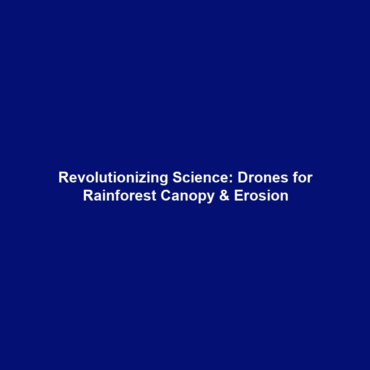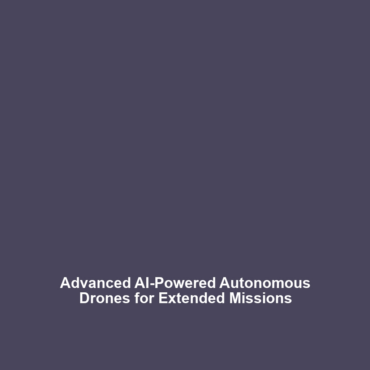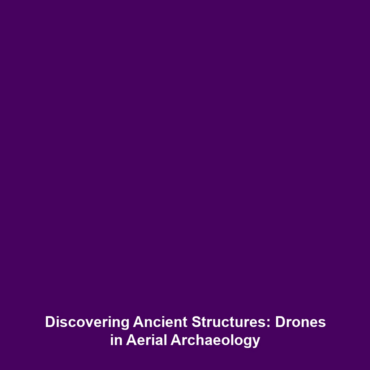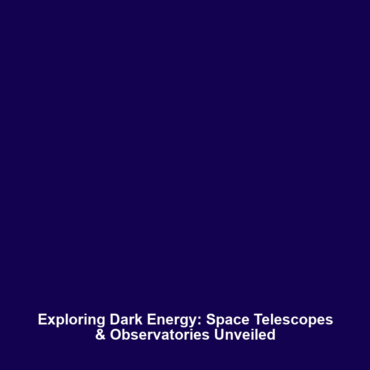Disaster Mapping and Response: Using Drones After Natural Disasters
Introduction
In the wake of natural disasters, effective mapping and prompt response can save lives and facilitate recovery efforts. Utilizing drones in disaster mapping and response has emerged as a groundbreaking advancement within the realm of Drones in Science. These aerial vehicles offer unparalleled access to hard-to-reach areas, enabling rapid assessment of damage and deployment of resources. In this article, we will delve into the significance of drones for disaster mapping and response, highlighting key concepts, real-world applications, challenges, and future innovations.
Key Concepts in Disaster Mapping and Response
Disaster mapping and response using drones encompass several essential principles:
- Aerial Imaging: Drones are equipped with high-resolution cameras and sensors that capture detailed images and data.
- Real-Time Data Collection: Drones collect data in real-time, providing immediate insights into the situation on the ground.
- Geospatial Analysis: The data gathered can be analyzed to create detailed maps that inform rescue and recovery efforts.
These principles illustrate how drones fit into the broader category of Drones in Science, as they continually enhance our understanding of disaster dynamics and improve response efficiency.
Applications and Real-World Uses
The applications of disaster mapping and response using drones are extensive and impactful. Significant instances include:
- Post-Hurricane Assessments: After hurricanes, drones are deployed to assess damage to infrastructure, enabling faster recovery planning.
- Forest Fire Monitoring: Drones provide real-time data on the spread of wildfires, assisting firefighting teams in strategizing their approach.
- Flood Relief Operations: Drones create accurate flood maps, identifying affected areas and guiding aid delivery.
The integration of drones in these scenarios exemplifies how disaster mapping and response is used within the category of Drones in Science.
Current Challenges in Drones for Disaster Response
Despite their effectiveness, several challenges hinder the implementation of disaster mapping and response using drones:
- Regulatory hurdles governing airspace usage can delay drone deployment.
- Environmental conditions such as high winds and rain may limit operational efficiency.
- Data management and analysis require expertise and can be resource-intensive.
Addressing these challenges of using drones in disaster mapping is essential for enhancing their effectiveness in Drones in Science.
Future Research and Innovations
The future of disaster mapping and response using drones promises exciting developments. Key areas of research and innovation include:
- AI Integration: Utilizing artificial intelligence for data analysis to improve accuracy and decision-making.
- Advanced Sensor Technology: Development of drones equipped with enhanced sensors for better environmental monitoring.
- Swarm Drones: Coordinated drone fleets to cover larger areas efficiently.
These advancements indicate a transformative trajectory for Drones in Science, particularly in disaster response.
Conclusion
In summary, disaster mapping and response using drones represents a monumental leap in how we approach natural disasters. By enhancing mapping accuracy and response times, drones significantly contribute to life-saving efforts following catastrophes. As we look forward to further developments in this field, it is crucial for researchers, policymakers, and emergency response teams to embrace these technologies. For more information on related topics, visit our articles on Drones in Science and Emergency Response Technologies.
